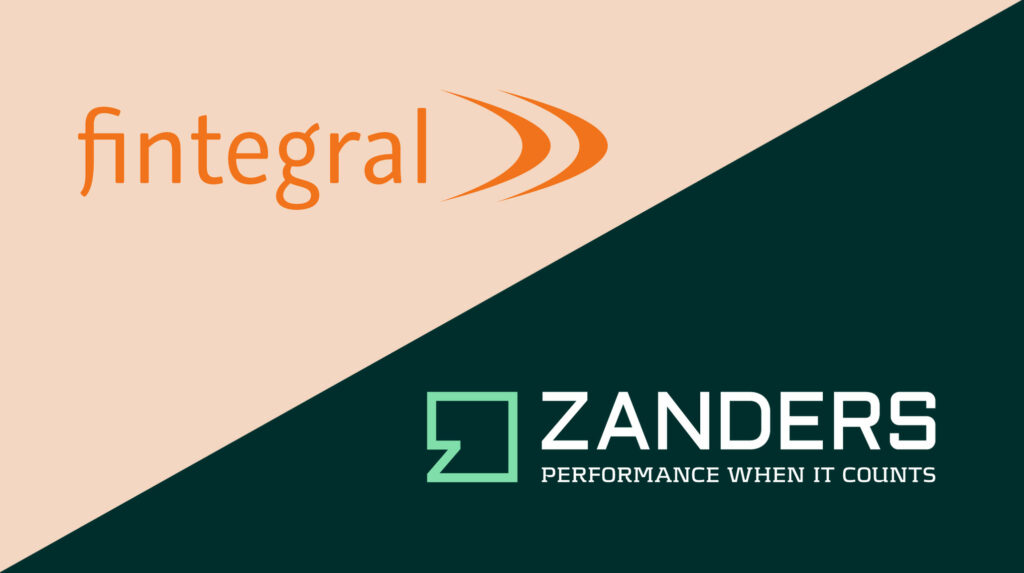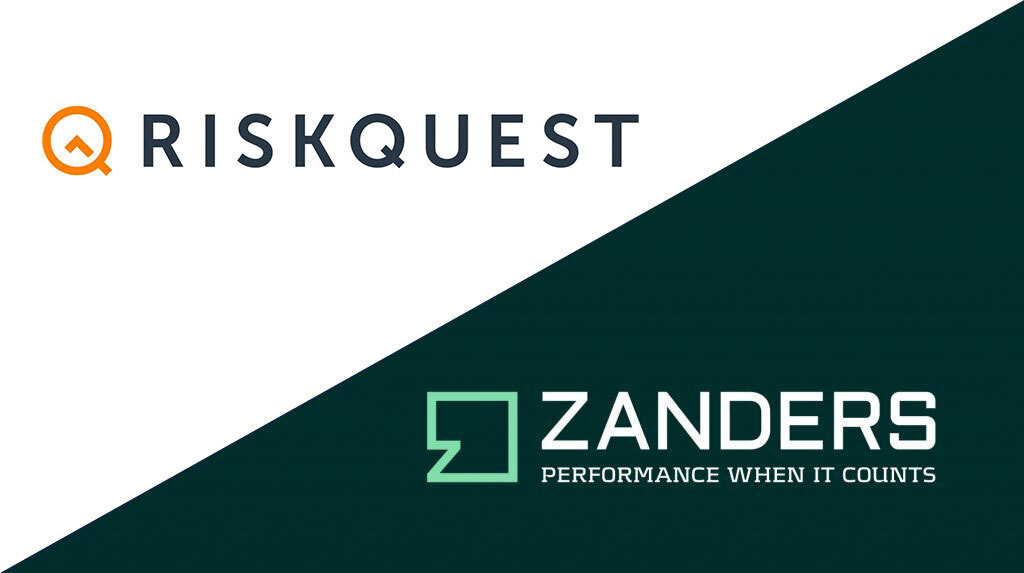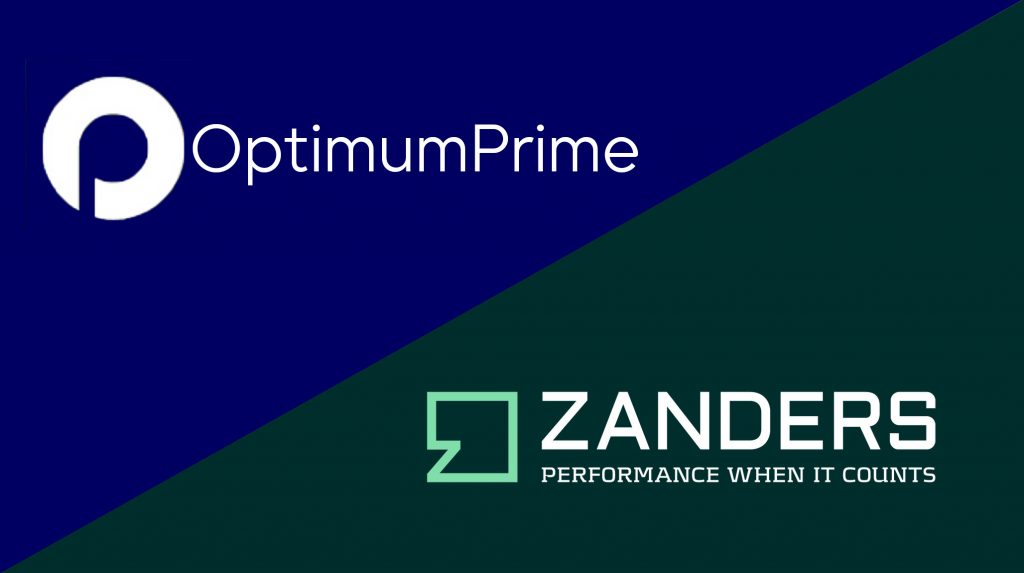The regulatory changes in the healthcare sector have put smaller establishments with specific care functions in a tight corner. Audiological centers, such as those run by Pento, are among them. In audiological care, the outlay precedes the benefits, yet the bank is setting more stringent financing conditions. How is Pento dealing with this?
The causes of hearing loss are many and varied, from congenital to ‘acquired’ or even psychogenic. Fortunately, thanks to audiological care, there are also many solutions that enable people with hearing impediments to participate in society. The first audiological initiatives in this regard originated in the Netherlands, in the 1960s, when the measurement of hearing using scientific - and therefore reliable - methods became a specialist field in itself. Developments and support in the sphere of language and speech soon followed, because these are closely associated with hearing.
Tensions
In 2007, five audiological centers (AC) decided to merge to form Pento. ‘Penta’ refers to the Greek word for five. There are now six centers and a hearing support service, all located in the central, eastern, and northern areas of the country. Following a referral by a doctor, an AC advises the audiological patient on the appropriate hearing aids and other solutions.
The AC itself does not provide any medical treatment and only employs paramedical staff. Working according to a multidisciplinary approach—which often also involves speech therapy, psychology, and social work—its staff ascertains and analyzes the possible cause of the hearing problem and what can be done about it or offers assistance with the initial use of a hearing aid. The techniques are improving, and hearing impairment is becoming less of a taboo subject.
However, audiological centers too are feeling the effects of the major changes affecting healthcare sector budgets. A free-market system has been introduced along with a new funding system, bringing with it a whole host of changes to the billing process. There are around 30 audiological centers in the Netherlands, a market worth approximately 40 million euros. This means that the audiological sector accounts for less than one percent of the entire healthcare sector. “This is reflected in the tensions that arise whenever you are faced with new government regulations or new policies introduced by health insurers,” explains Jeroen Taalman, director at Pento. “Less account is taken of you. They don’t want to make exceptions to their policies for a small player.” Pento represents a market share of roughly 20% of the audiological sector, making it a big fish in what is a small pond relative to the healthcare sector as a whole. “Consequently, the outside world looks at you differently; people sometimes expect more professionalism in our internal operations than we were able to offer.” The same can be said of Pento’s position and its role as a model within FENAC, the Federation of Dutch Audiological Centers, which represents the centers’ interests. “
In the early years, we took a ‘sticking plaster’ approach to most of our financial decisions,” says Taalman. “So we were often closing the stable door after the horse had bolted, and that was unsustainable. Now, all the necessary arrangements are in place and the structure is clear. We have appointed a financial manager, and an audit committee has been formed, made up of members of the supervisory board. All of which is positive, but our approach remains pragmatic; there are few organizational layers, and we deal with situations as and when they arise. And we are aware that there is a lot more scope for development.”
No capital
What we needed was scenario thinking: what scenarios can we develop for the future and how can we create a future-proof financing structure?
Jeroen Taalman, Director at Pento

The new laws and regulations in the healthcare sector created a quagmire of uncertainties for Pento, chiefly due to the changes in the funding system. “In the space of six months, it all mounted up to such an extent that we felt the ground was slipping away beneath us,” says Taalman. “There were still no contracts in place with health insurers, the fees for each consultation weren’t transparent, and yet we had to calculate the number of consultations we had to reach from a cost perspective. In other words: both the price and the volume were under scrutiny.”
As regards the volume it can achieve, Pento is largely reliant on the referrers, although the law stipulates that various treatments may only be provided by an AC. At the same time, the purchasing ceiling for health insurers means that Pento is only allowed to carry out a maximum number of treatments for a specific fee. Taalman says: “Health insurers are now recognizing that the only way to be able to estimate volume is to form a partnership. The healthcare sector is riddled with inter-dependencies and mutual responsibilities. If we were to suddenly stop or refuse AC care, we would create problems for the health insurer.”
Meanwhile, Pento was contending with another serious financing problem because, until the end of 2011, it was not allowed to build up any equity capital. Under the original funding system, ACs did not generate any profits or losses. Taalman adds: “Being ‘budget-funded’, we had to post a nil result. And if we didn’t, we had to offset the surplus or shortfall against fees the following year. So we were faced with a plethora of rules but weren’t allowed to form any buffers.” This system was dropped in its entirety with effect from 1 January 2012.
Scenario thinking
Back in 2004, FENAC had already warned that if an AC got into financial difficulties, there would be no funds in the coffers to get them out of trouble. Moreover, under the new funding and billing system, ACs would have to finance around half of their annual turnover in advance. Taalman notes: “For a lot of long-term, and therefore expensive, treatments, you can’t send a bill until a year after the first patient visit. So the introduction of a free-market system meant that our bank was also faced with all kinds of uncertainties. As a result, it adopted a very commercially-driven view of us, introducing financial ratios and subjecting them to critical review. A bank expects a certain amount of equity, an order portfolio, and contracts with health insurers. All of which were uncertain factors for us.”
In the spring of 2012, health insurers were locked in negotiations chiefly with the large hospitals. The ACs would follow later. Says Taalman: “They were in no hurry, so we had to ask the bank to keep us afloat. But the bank wasn’t going to readily agree. The bank placed Pento under ‘special management’, setting special, stricter requirements with regard to the provision of information and increasing its risk premiums. We had our backs up against the wall.” Pento felt this problem was becoming too big for it to solve alone. “What we needed was scenario thinking: what scenarios can we develop for the future and how can we create a future-proof financing structure? To do this, you need to bring in outsiders who can think fast and develop models. That’s how we began working with Zanders. It bought us some time with the bank.”
A cure for financial ailments
“Continuity was a very real problem; there were doom scenarios of having to shut down certain Pento centers or services,” says Taalman. “When we were up to our neck in problems, we consciously sought media contact through the newspapers. We were taking a risk, but it opened the health insurers’ eyes. They felt a responsibility to help us.”
During that period, Zanders analyzed the situation and created various scenarios for the financing structure. This went hand in hand with an analysis of internal management and the viability of the Pento organization. The bank then had a clear picture of Pento’s prospects and financing risks. At the same time, Pento was able to conclude contracts with insurers, including a generous advance for the care provided in 2012. These developments earned Pento more time from the bank and led to constructive talks about provisional financing arrangements.
“We were able to work out the impact of the fees and volumes from the contracts on Pento’s liquidity position. Things were soon looking up. In the end, our financial ailments only lasted six months,” Taalman continues. “We now have good arrangements in place with the bank, including regarding the anticipated definitive amount of a residual expense that has to be met in connection with the end of the budget-based funding system, with its adjusted fees. We’re talking a huge sum of money, hardly an amount we can readily afford, so it’s very reassuring that we are now discussing the situation with the bank. It means we can start focusing more on care again, which is our raison d’être.”
Billing for 2012 couldn’t even start until January 2013—a problem affecting the whole of the healthcare sector. Because a new funding and billing system has been introduced, the turnaround times for both healthcare providers and health insurers are even longer. “Billing takes place retrospectively, and yet, historically, Pento has not been able to form any buffers. And that puts huge pressure on your working capital,” explains Zanders’ consultant Marlous Pleijte. “Consequently, agreements have been reached with the bank and the health insurers so that Pento can maintain its working capital at a reasonable level.”
Quality improvements
The agreements have worked for 2012, but the whole palaver is starting again for 2013, says Taalman. “According to the Ministry of Health, Welfare and Sport’s macro-management instrument, from 2010 onwards, the healthcare sector is allowed to grow by a maximum of 2.5% above inflation. The expectation is that we will remain within that limit in 2013, because of the internal budget targets we have set and the highly critical review we have undertaken of our investment policy. Moreover, from 2012 onwards, Pento can build equity capital.”
A number of measures have been taken to enable it to satisfy the bank’s requirements. Pleijte explains: “In the end, we set up a financing structure with a loan portfolio and repayment schedules that work well for Pento, with a clear distinction between working capital and long-term loans. Zanders has also designed some practical tools for managing cash flows and long-term financial planning. Taalman concludes: “This gives us a much better overall picture and, by extension, greater clarity, so we are also better equipped to fulfill our obligations, both internally and vis-à-vis the bank. The result has been a huge improvement in quality. We are now in better shape than ever; business was good last year, and the outlook is healthy. All of which is in stark contrast to the situation a year ago.”









































